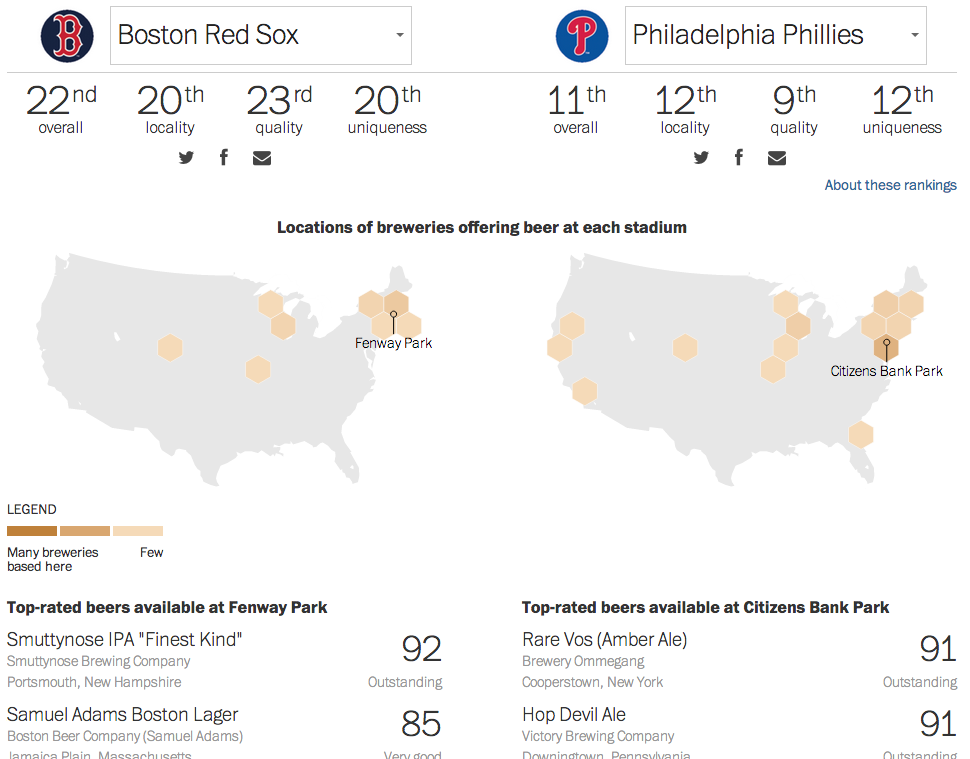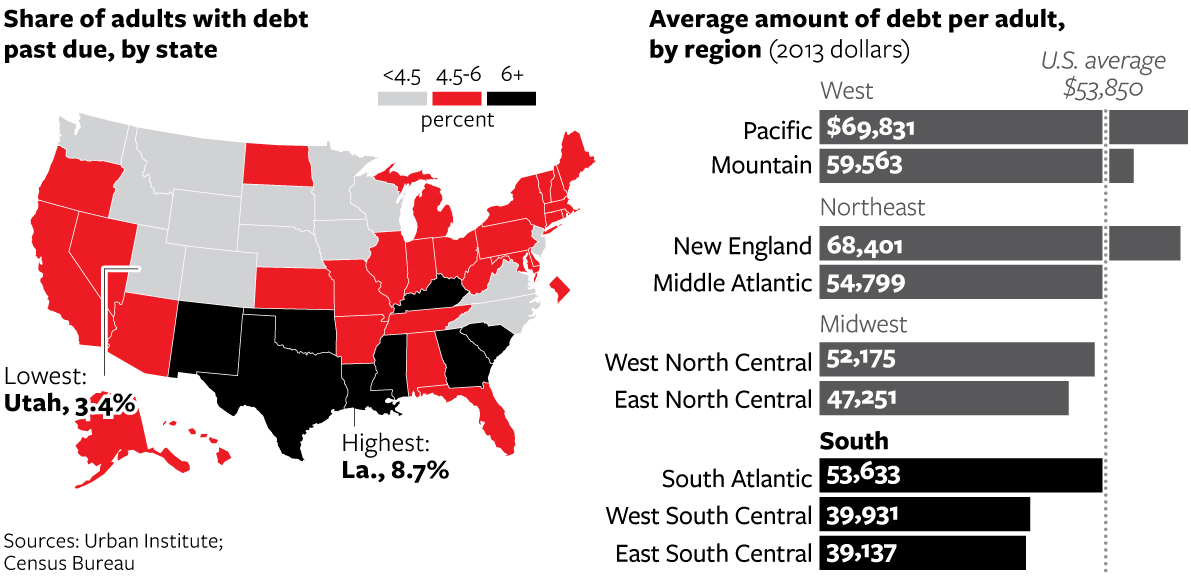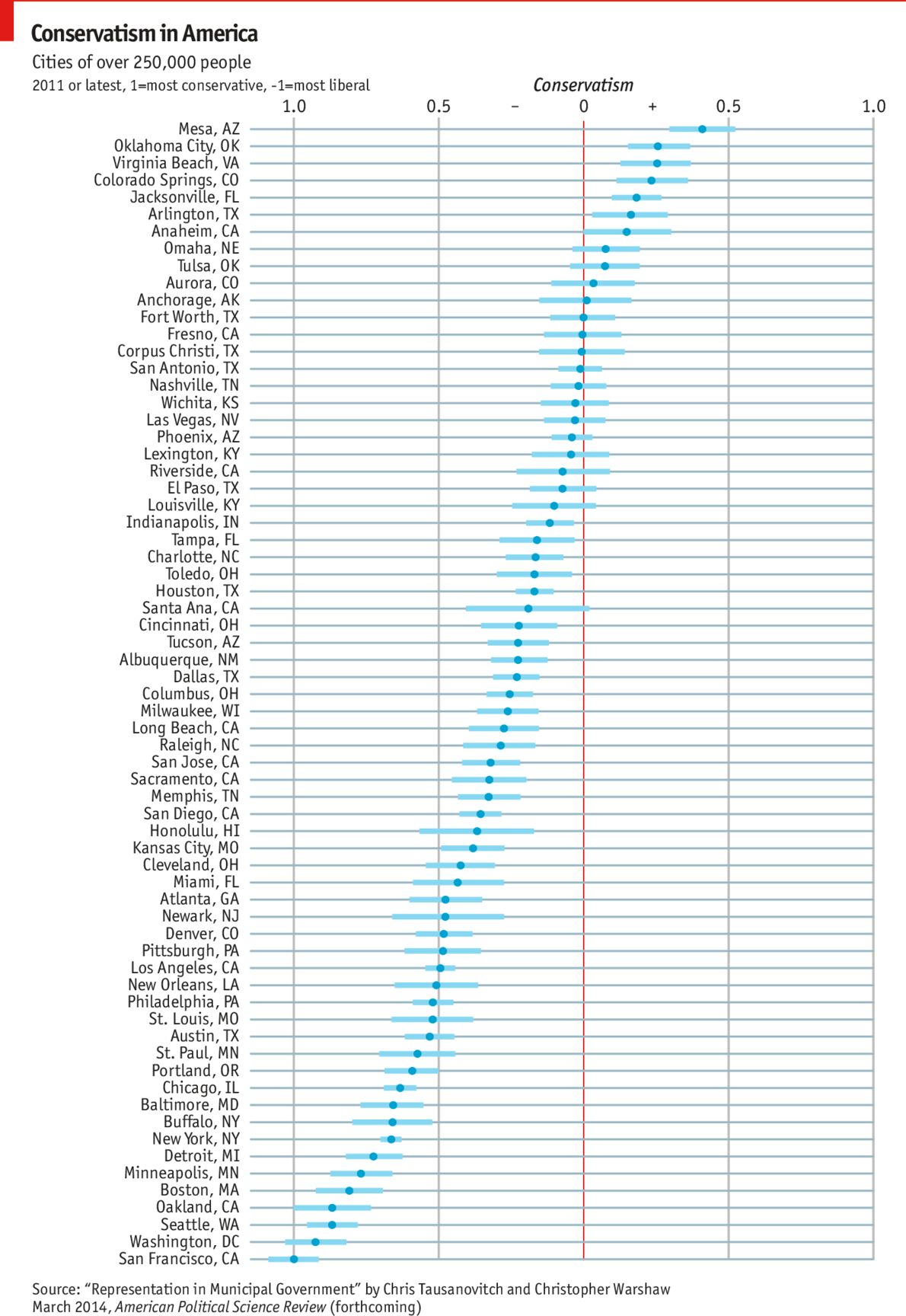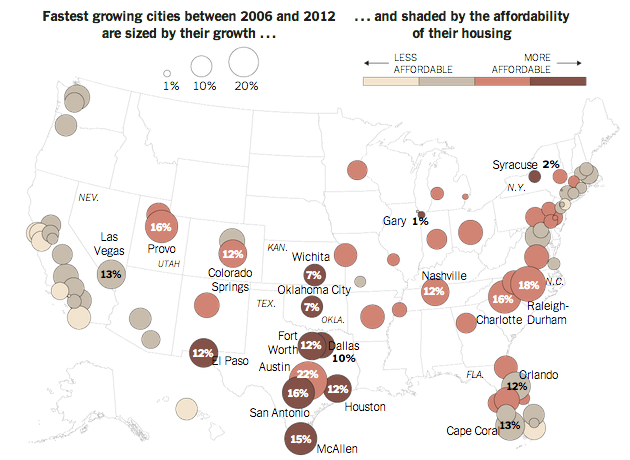Your humble author has returned to Chicago from several days spent in Boston—among other places. So what better way to follow up on yesterday’s post about prostitution than a small piece from the Boston Globe about the increase in sexually transmitted infections (STIs) in Boston. The cause? Hook-up apps. Because, technology and young people.

Credit for the piece goes to the Boston Globe’s graphics department.









